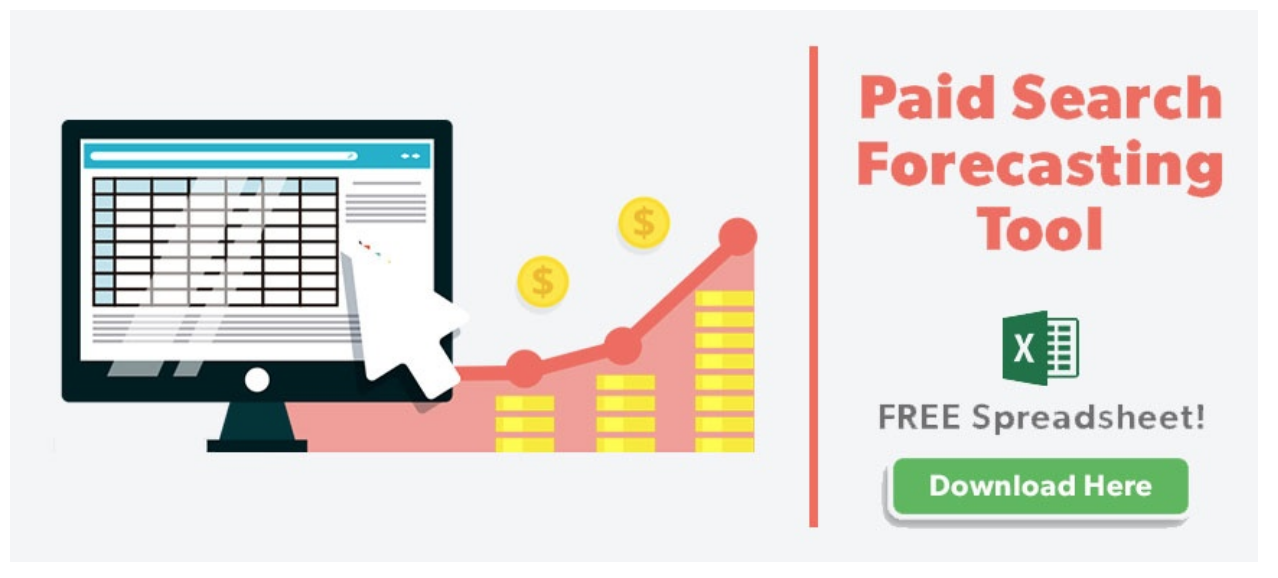What is Vendor Central?
If you’re planning to do business on Amazon, you’re going to find that there are two options available to you to sell on the platform: Vendor Central or Seller Central. In this post, we’re going to focus on Vendor Central and give you the key information plus the pros and cons of selling on Amazon via this interface. Let’s dive right in!
Vendor Central & Seller Central Defined
A good place to start, right? Amazon Vendor Central is used by manufacturers and distributors who want to do business on Amazon, but wish to have Amazon sell their product for them on the platform. If you were to choose to sell via Vendor Central, you would act as a supplier and sell your product wholesale to Amazon, who then sells your products to consumers online.
The brands that sell on Vendor Central are known as first-party sellers. When you search products on Amazon, you can tell it is a Vendor Central seller if you see the phrase “ships from and sold by Amazon.com.” Registration for Vendor Central is by invitation only.
Those who use Seller Central are considered marketplace or third-party sellers and will sell their products directly to Amazon customers. They can choose whether or not they want to handle the fulfillment of orders themselves or have Amazon handle the packaging, shipping, customer service, returns, etc. If they would prefer Amazon to handle the fulfillment of orders, they would enroll their products in the Fulfilled by Amazon (FBA) program. Unlike the invite-only Seller Central, Vendor Central is open to anyone.
Related: Amazon Advertising: Vendor Central vs. Seller Central
Selling On Vendor Central: The Pros
Good news or bad news first? Since there are a lot of good reasons to choose Vendor Central over Seller Central, let’s start there.
The Potential For Higher Sales
Obviously, this is a big one, but Vendor Central has been proven to outsell Seller Central because of the comfort people have with that “ships from and sold by Amazon.com” tag. Because Amazon is such an established brand, they trust that they are going to receive the product they are viewing online. Meanwhile, a product being “shipped and sold by a third-party seller” will not inspire nearly as much confidence in buyers unless you have a well-established brand.
It may make consumers think they are going to get a knock-off product. Third-party sellers often end up competing with themselves as well, which further pushes Vendor Central items to the top.
The Selling Process Is Much More Simple
Vendor Central is much easier to use than Seller Central. Your primary focus as the vendor will be to fill orders, billing and avoiding chargebacks from credit card companies. Meanwhile, sellers, especially those who utilize FBA, will have to handle more steps of the process and will be on the hook for lost inventory, sales reconciliation, and taxation liabilities.
Products are “Sold By Amazon”
As we’ve mentioned, this tagline can go a long way to build confidence in your products. Despite the fact that seller central actually allows a customer to purchase your product directly from you, most shoppers will be more familiar with, and trust the Amazon brand, especially since they are shopping on Amazon’s platform. Therefore as a Vendor, you can use Amazon’s brand awareness to your benefit.
Vendor Central Qualifies for Amazon Prime Shipping
This is another big one, as Prime shipping is a major selling point of the Amazon Prime membership, allowing Prime members to receive free two-day shipping on products with the Amazon Prime logo under their listing. For many, Prime shipping is the primary reason for having a membership, and they may be unlikely to purchase an item that isn’t Prime eligible.
Lower Chance of Account Being Suspended for Unknown Reasons
Since your account will be run by Amazon, there is a low chance that your account will be suspended, especially for an unknown reason. However, with Seller Central, you are much more susceptible to a seemingly random account shut down, which can be difficult to resolve.
You Don’t Have To Deal With Unhappy Customers Or Unsatisfactory Goods
Amazon handles customer service for you with Vendor Central. You won’t be the one who has to deal with someone who isn’t satisfied with their order, Amazon does. You can be a vendor, stress-free.
Related: Intro Into Amazon Marketing Services
The Pros Cont. – Content & Marketing Advantages
Using Vendor Central also opens the door to several exclusive marketing opportunities.
Amazon A+ Content
Vendor Central members will have the option to sign up for Amazon A+ Content, which will use multimedia to better show the value of your product. A+ Content will enhance your product details pages with high-quality images, video content, charts, and more to help drive more sales. According to Amazon, A+ Content can increase sales an average of three to 10 percent by better educating the consumer about your product and brand.
Only Amazon products have these extended product details and enhanced descriptions.
Amazon Vine
Amazon Vine is a program in which your product is sent to top Amazon reviewers before it is made available on the platform. This allows your to build user-generated content in the form of high-quality reviews for your product before it even hits the shelves. Consumers place high value on product reviews, so this can be a real boost to your conversions.
Promotional Offers
Vendor Central also gives you the ability to participate in promotional programs like Amazon’s subscription service, Subscribe & Save. Seller Central products are not eligible for the service.
Amazon Marketing Services (AMS)
Both Seller Central and Vendor Central have access to advertising, but vendors will have more options to choose from when running ad campaigns. AMS enables vendors to put their products in front of shoppers through keyword-targeted ads, sponsored products, and product display ads, helping to drive more traffic to your product pages. Sellers will not have access to product display ads.
Selling On Vendor Central: The Cons
While that is a hefty dose of good reasons to choose Vendor Central over Seller Central, there are also some areas where the former is outclassed by the latter.
Less Control
Overall, using Vendor Central will give you much less control over your product, which includes your pricing as well as your messaging. Amazon doesn’t strictly follow Minimum Advertised Pricing (MAP) guidelines, which means they can and will adjust their retail pricing at any time they choose, based on their own data. If they drop their prices, you may end up competing directly with your own direct-to-consumer website.
Your product listings themselves will also be controlled by Amazon in Vendor Central, so you won’t even get to choose your own messaging. Amazon will do that for you. In Seller Central, you get to write up your own product descriptions, giving your page a more personal touch.
Meanwhile, sellers are also able to control their retail pricing and can automatically adjust prices to match their competitors. Vendors may also find that an unknown third-party seller is selling bundles and/or older version of their products at lower prices without their consent. However, you can only do anything about it if you have a Seller Central account that you enrolled into Amazon’s brand registry program, which protects your products against such actions.
Fixed Logistical Requirements
Amazon has extremely rigid and specific guidelines that you will have to follow to fulfill purchase orders. Unfortunately, some vendors will have a difficult time keeping up with demand. It can be a challenge to make sure enough product is in stock, or be able to quickly fulfill the Amazon orders that may even require one- or two-day shipping. If a vendor is unable to fulfill orders in a timely fashion, it may set them up for significant chargebacks from credit card companies.
Payment Is Slow
While using Vendor Central does give a business a better opportunity for more profits, it will take much longer before you see any of the money. That’s because Vendor Central has 90-day payment terms. Seller Central, on the other hand, only has two-week terms, so they will be able to bank their sales sooner.
Related: How to Advertise on Amazon
Summary
Ultimately, the decision will be up to you to choose between Vendor Central or Seller Central, and will come down to your individual circumstances and business needs. If you have a lot of product to sell and don’t mind relinquishing control, then Vendor Central is the clear option for you. But if you are selling some handmade items on a small scale, you probably want to stick with Seller Central, where you can be in total control of your product messaging and pricing.



















